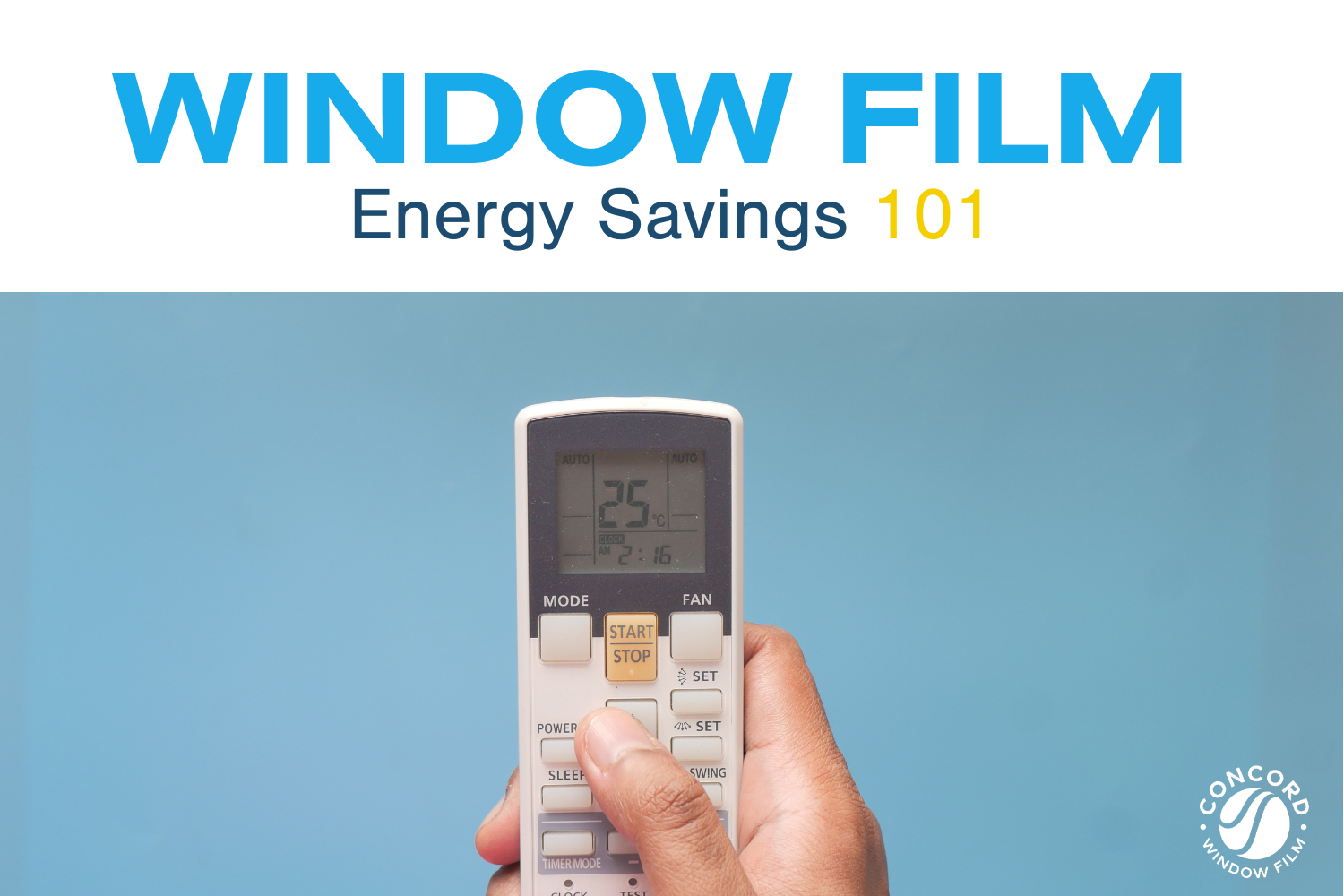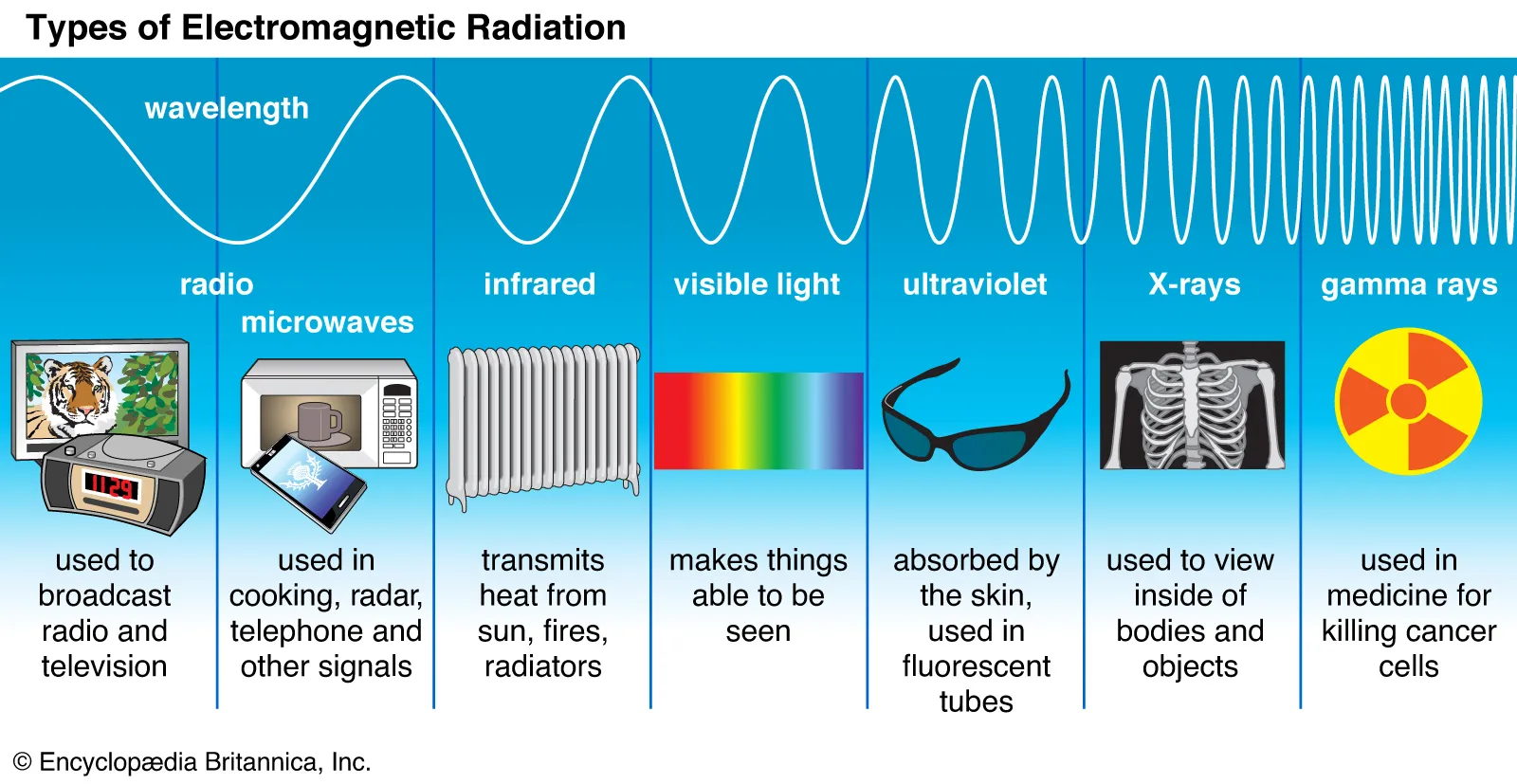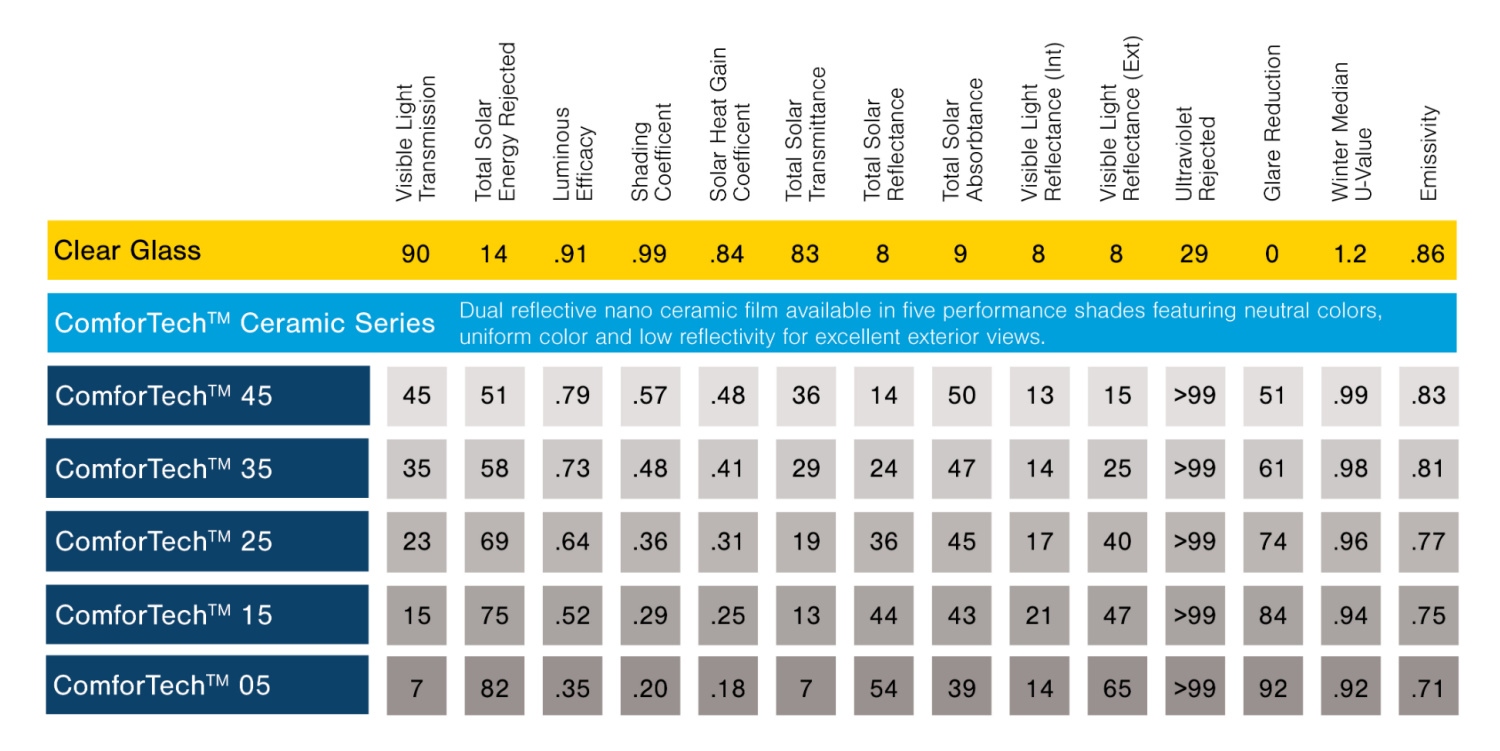
FREE SHIPPING ON PRECUT KIT ORDERS OF $100 OR MORE

One term you might hear quite a bit when researching window film is visible light transmission or VLT. But what is it and more importantly, why should you care?
Visible light transmission, or VLT, is a helpful measure of how much sunlight will be allowed to pass through a window film. The more visible light a window film blocks, the higher the film’s performance on measures like reducing heat, glare, or fading in a space. With our beginner’s guide, you can learn about the importance of VLT when choosing window film.
To understand visible light transmission, let’s first understand what visible light is.
According to NASA, “the visible light spectrum is the segment of the electromagnetic spectrum that the human eye can view. More simply, this range of wavelengths is called visible light.”
The electromagnetic spectrum is the name given to the collection of all electromagnetic radiation in the universe. Radiation is all types of energy that once emitted spreads out as it goes. It’s the energy that the sun produces – in fact the sun produces waves across the entire electromagnetic spectrum, but we only see what is in the visible light range.

All electromagnetic radiation is light, but we can only see a small portion of this radiation—the portion we call visible light. Cone-shaped cells in our eyes act as receivers tuned to the wavelengths in this narrow band of the spectrum. between 380 to 700 nanometers (one nanometer is about the thickness of a soap bubble membrane). We can’t see other portions of the spectrum because their wavelengths are either too large or too small and energetic for our eyes to perceive.

Visible light transmission, or VLT, is the measure of how much visible light passes through a substance like glass or window film. Window films come in a variety of grades and levels, allowing you to choose how much light will pass through. The VLT percentage tells you how much visible light will pass through the glass. VLT rating can range from 0 percent, meaning all of the incoming light has been blocked, to 100 percent, which allows all the incoming light in The lower the VLT percentage, the less sunlight will reach your interior space.
It is also important to note that the lower the VLT, the darker a window tint will be. VLT percentage is typically used to describe standard films and most window films have a VLT range between 5 and 70%. As the tinting percentage increases, so does the amount of light that passes through. For example, a 70% tint allows more light to pass through than a 5% tint. Therefore, it’s important to balnace how much sunlight you prefer with the results you hope to achieve with the film before choosing a tint for your home.
ComforTech™ Ceramic Series window film is available in five shades or colors that correspond to the film’s VLT. Often with window film, the shade or color of film is used interchangeably with its VLT.
From darkest to lightest, ComforTech’s five VLTs are 05,15,25,35, and 45.

This is our darkest film that lets in 7% of visible light. It’s a good choice for daytime privacy and the best solar control for rooms and climates that demand it. Like all of our ComforTech™ films, it blocks >99% of UV rays.
Our second darkest film letting in 15% of visible light for those that need to control heat gain or glare. Perfect for south-facing rooms and sunny climates. ComforTech™ 15 is also a great choice for daytime privacy. Like all of our ComforTech™ films, it blocks >99% of UV rays.
ComforTech™ 25 is a medium shade film letting in 23% of visible light that balances stronger solar control with light transmission. It is a superb all-around film offering performance in all benefit areas – including added daytime privacy. Like all of our ComforTech™ films, it blocks >99% of UV rays.
This is our most popular all-around window film letting in 35% of visible light that reduces heat, cuts glare, and provides UV protection. Light enough to blend in, but with enough tint to provide solar control. Like all of our ComforTech™ films, it blocks >99% of UV rays.
ComforTech™ 45 is our lightest offering letting in 45% of visible light. The film looks almost invisible on the glass and is perfect for those concerned primarily with UV protection. Like all of our ComforTech™ films, it blocks >99% of UV rays.
Every shade of ComforTech™Ceramic Series film provides benefits and you can see an overview of its performance specifications here:

Reducing visible light transmission with window film provides many benefits beyond heat reduction, such as glare reduction. Glare reduction is especially beneficial in areas with high levels of sunlight and can make a big difference when watching TV or working on a computer. It also helps to block out extra heat produced by the sun while maintaining a clear view of the outside world.
The added energy efficiency that window tinting provides can help lower energy bills by blocking out some of the sun’s rays from penetrating windows, keeping homes cooler during warm weather months.
Tinted windows can also protect interior fabrics and surfaces from fading or cracking due to light, heat, and UV ray exposure, and provide enhanced daytime privacy.
To learn more about the benefits of window film, visit windowfilm.com.